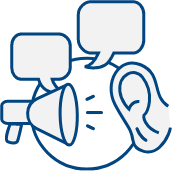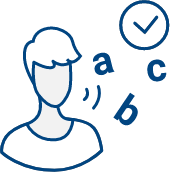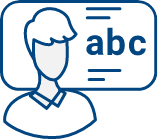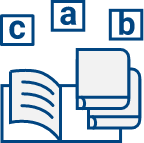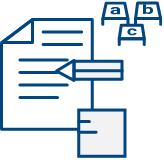Orton-Gillingham Training for Dyslexia Specialists
The Orton-Gillingham approach is not a program or system with structured, pre-planned lessons but rather a teaching approach to develop effective interventions for students with dyslexia.
Why Orton-Gillingham
Early identification and treatment are key to helping individuals with dyslexia achieve in school and life. Most people with dyslexia need help from a teacher, tutor, or therapist specially trained in the Orton-Gillingham approach. While no one teaching method is considered “the best’’ intervention for dyslexia, Orton-Gillingham is very highly regarded in the field of dyslexia because its components have been so well researched. Orton-Gillingham enables teachers to tailor each lesson based on students’ strengths and weaknesses and help them master reading and writing skills effectively. This individualized approach is especially effective for dyslexic students because dyslexia presents differently in each child.
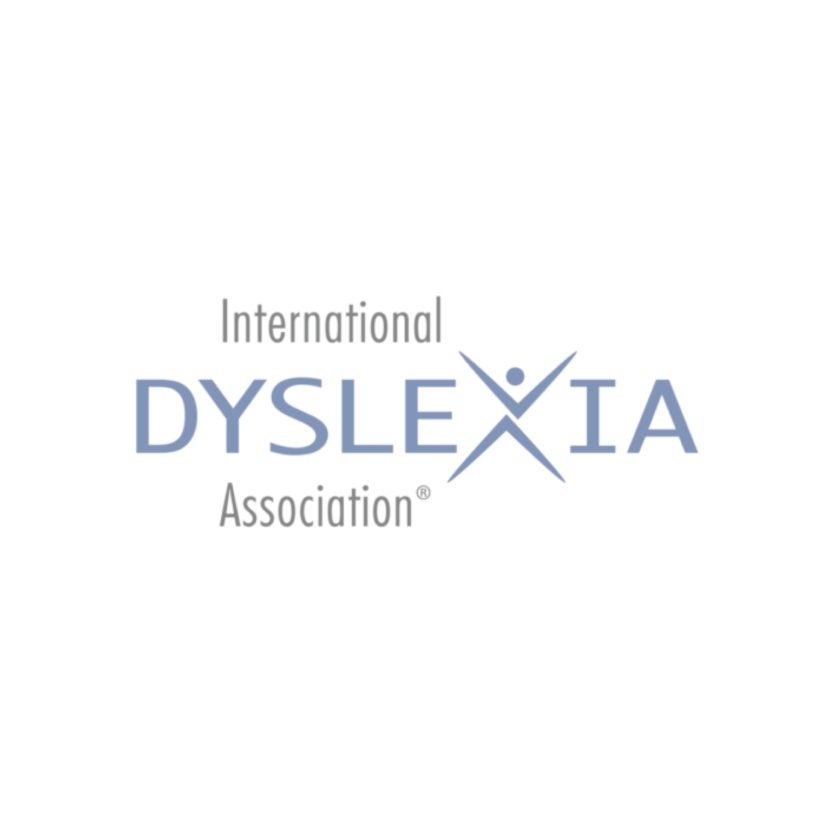
Finding an Accredited Program
The International Dyslexia Association (IDA) has an accreditation program that thoroughly reviews educator preparation programs based on an accreditation model uniquely aligned with IDA’s Knowledge and Practice Standards for Teachers of Reading (KPS). Alignment with the KPS provides programs with a comprehensive standards-based reading preparation framework to guide their curriculum development. Programs that meet these standards are awarded IDA Accreditation.
The IDA has an Accreditation Plus program that showcases educators that have engaged in intensive supervised practicum experiences that were sufficiently designed and staffed. These programs promote applied mastery of the principles and practices of Structured Literacy, Orton-Gillingham, and the Science of Reading in the service of preventing reading failure and remediating off-track readers with profiles characteristic of dyslexia.
Understanding the Differences Between
Orton-Gillingham, Structured Literacy, and the Science of Reading

Practices such as Orton-Gillingham have been proven to increase reading and writing scores for students who struggle with dyslexia. The Orton-Gillingham approach is geared towards students individually to help dyslexic students overcome their literacy struggles. Using multisensory tools to teach phonics sequentially, allows students to become more confident in their reading, writing, and language skills.

Structured Literacy is a term created by the International Dyslexia Association in 2016 to identify programs supported by research and are explicit, systematic, and cumulative. These programs emphasize the structure of language across all components including phonology, orthography, syntax, morphology, semantics, and discourse, and are highly effective for students with dyslexia. Structured Literacy instruction is explicit instruction, which is the deliberate teaching of all concepts with continuous student-teacher interaction. It is not assumed that students will naturally deduce these concepts independently.

The Science of Reading is a result of a wide span of research designs, experimental methods, participants, and statistical analyses. It includes the contributions of experts from relevant disciplines, such as education, special education, literacy, psychology, and neurology, among others. This conclusive, empirically supported research provides the information needed to understand how people learn to read, what skills are involved, how these skills work together, and which parts of the brain are responsible for reading development. From this research comes an evidence-based best practice approach for teaching foundational literacy skills.
There are various Structured Literacy programs based on Orton-Gillingham and the Science of Reading that incorporate all five pillars of Literacy. These components include:
- Phonological Awareness – the awareness that words are composed of sounds and those sounds have distinct articulatory features
- Phonics – the ability to recognize letter-sound relationships in words
- Fluency – the ability to read with speed, accuracy, and proper expression
- Vocabulary – size and word-meaning strategies predict comprehension
- Comprehension – understanding the meaning of text and integrating it with previous knowledge.
Multi-sensory methodologies, like Orton-Gillingham, are highly effective at helping readers with dyslexia learn how to read.
Many of these Orton-Gillingham based programs are accredited by the International Dyslexia Association (IDA) and enable reading specialists to teach using sight, hearing, touch, and movement to help students connect language with letters and words. Orton-Gillingham is especially beneficial for students with dyslexia, and many schools provide Orton-Gillingham instruction through a student’s IEP or response to intervention (RTI).
See Orton-Gillingham as a Part of Structured Literacy Training in Action
Structured Literacy can ensure that students are equally exposed to important foundational literacy skills in a sequential, systematic, and cumulative way.

